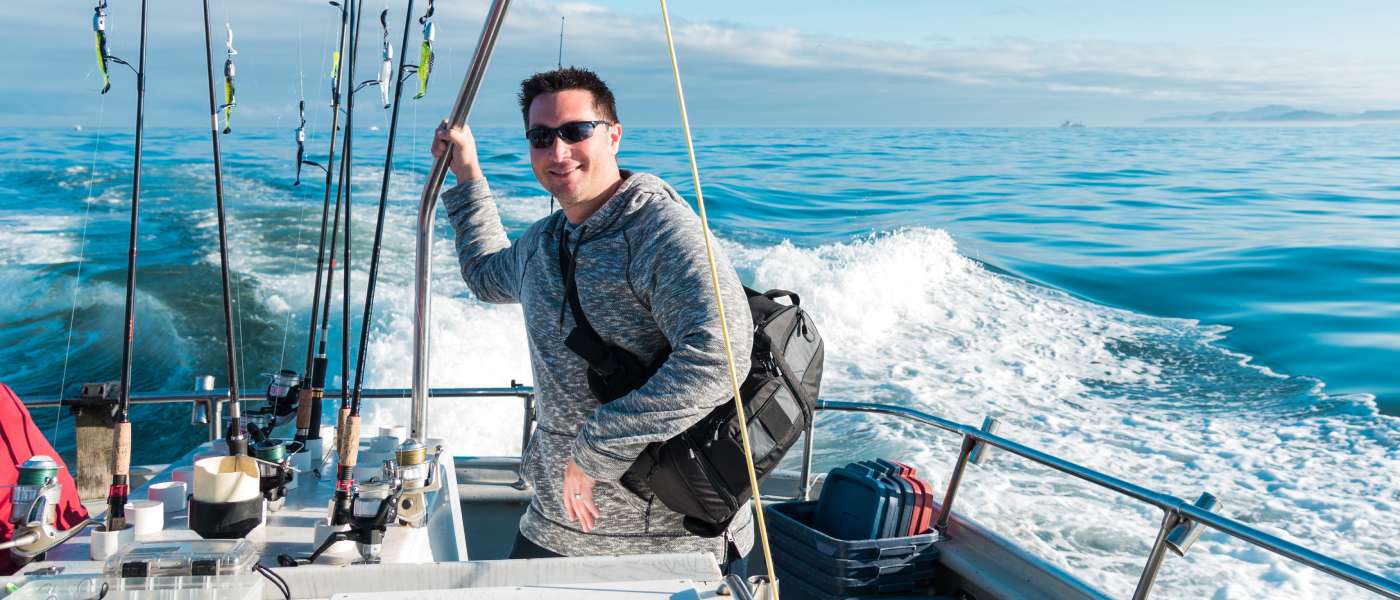Are you planning your next fishing adventure with your best friends?
Searching for the perfect fishing guide? From where to go, what to pack, and how to properly follow fishing regulations, we’ve got everything you need before your next excursion on the water. Here, you’ll discover everything you should know about fishing catch limits and why these guidelines matter.
Catch limits define the maximum number of fish an angler can legally catch and keep within a specific period. Established by fisheries management authorities, these limits make sure fish populations remain sustainable. By adhering to catch limits, anglers contribute to the long-term health of our aquatic ecosystems.
Catch limits are more than just numbers; they promote sustainable fishing practices. These regulations maintain fish populations at healthy levels and ensure future angler generations can enjoy the same fishing opportunities. Without catch limits, overfishing would deplete fish stocks and disrupt the balance of marine ecosystems.
The process of determining catch limits involves scientific research and data analysis. Fishery scientists study fish populations, breeding habits, and environmental conditions to set appropriate boundaries. Enforcement is equally crucial, with authorities monitoring fishing activities and penalizing violations.
Implications of Ignoring Catch Limits
Ignoring catch limits can have severe environmental consequences. Overfishing disrupts marine ecosystems and leads to the decline of fish populations and fishery collapses. When fish stocks deplete, it affects the fish and the entire aquatic food chain.
Legal implications are another concern for anglers. Exceeding catch limits can result in hefty fines, license suspensions, and sometimes criminal charges. Adhering to regulations is essential for staying out of legal trouble and maintaining a good standing within the fishing community.
Ethical considerations also come into play. Anglers have a responsibility to conserve fish populations and protect the environment. By respecting catch limits, you demonstrate your commitment to sustainable fishing and the preservation of natural resources. Some of the best places to go boating in the US have the healthiest, most abundant fish populations. Not adhering to the catch limits in these locations may warrant hefty consequences.
Tips for Adhering To Catch Limits
One of the best ways to comply with catch limits is to measure your catch accurately. Use reliable tools such as fish measuring boards and scales to make sure you stay within legal limits. Precision measurement can avoid accidental violations.
Selective fishing is another effective strategy. Target specific species that are abundant and within the allowed catch limits. Practicing catch-and-release for non-target species minimizes your impact on fish populations. By being selective, you can enjoy a more sustainable fishing experience.
Monitoring your catch rates is paramount. Keep track of the number of fish you catch and release throughout your fishing trip. Staying informed about local regulations and updates ensures you’re always compliant with the latest rules.
Conclusion
Understanding everything you need to know about fishing catch limits is essential for preserving aquatic ecosystems and ensuring the sustainability of fish populations. By understanding the importance of these limits and following them diligently, anglers can contribute to the long-term health of our waters. Remember to avoid common mistakes on your fishing retreat and do thorough research on abundant waters and regulations for an unforgettable experience.


